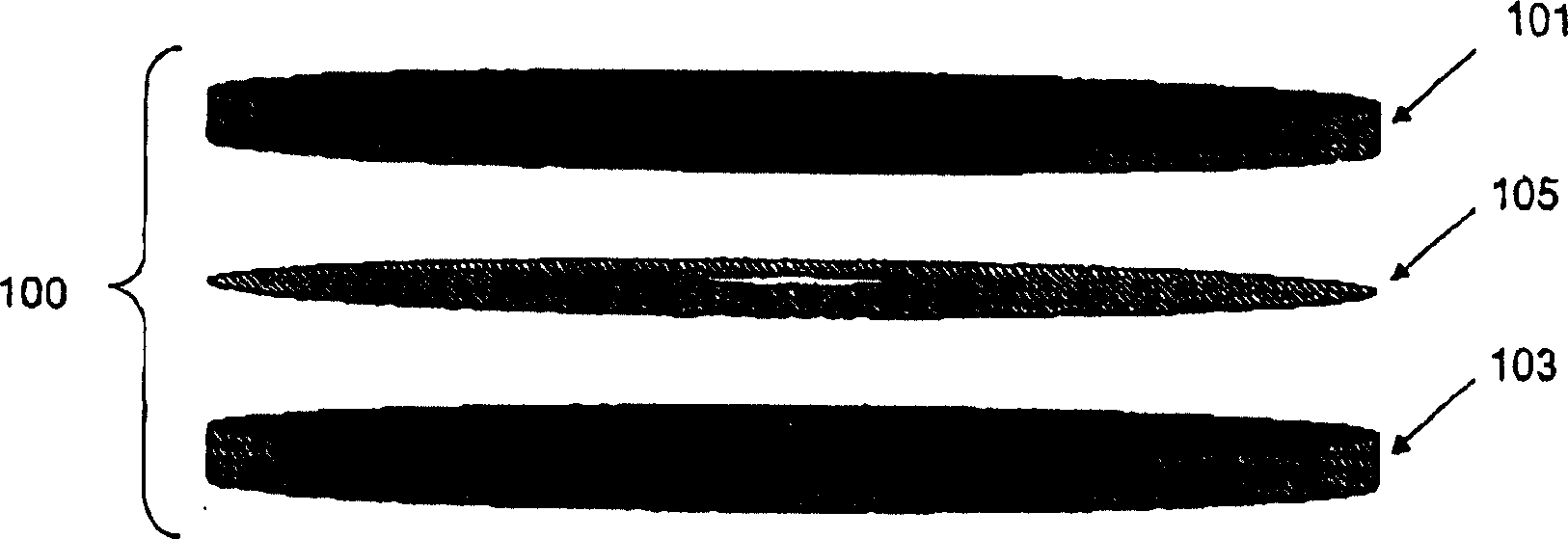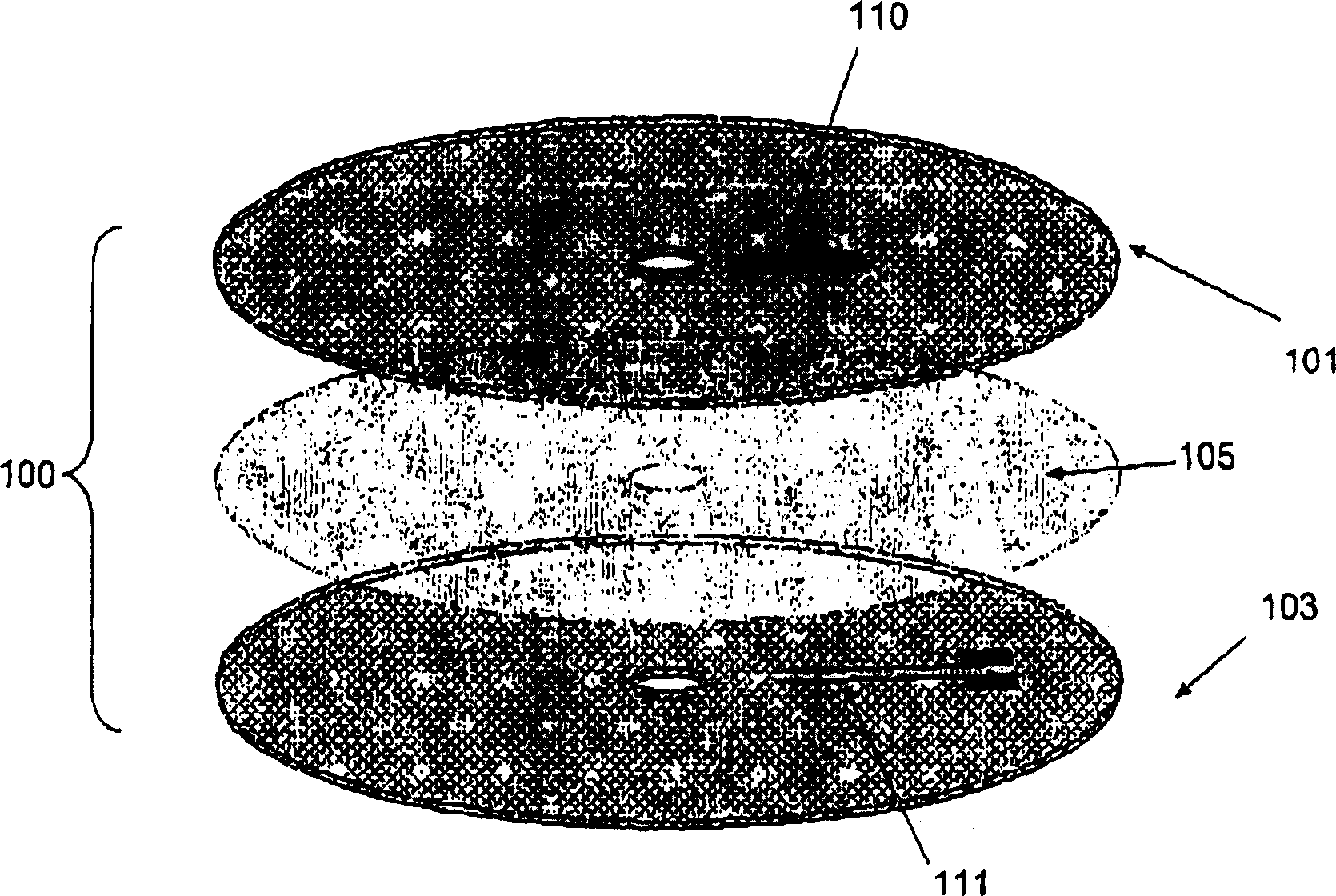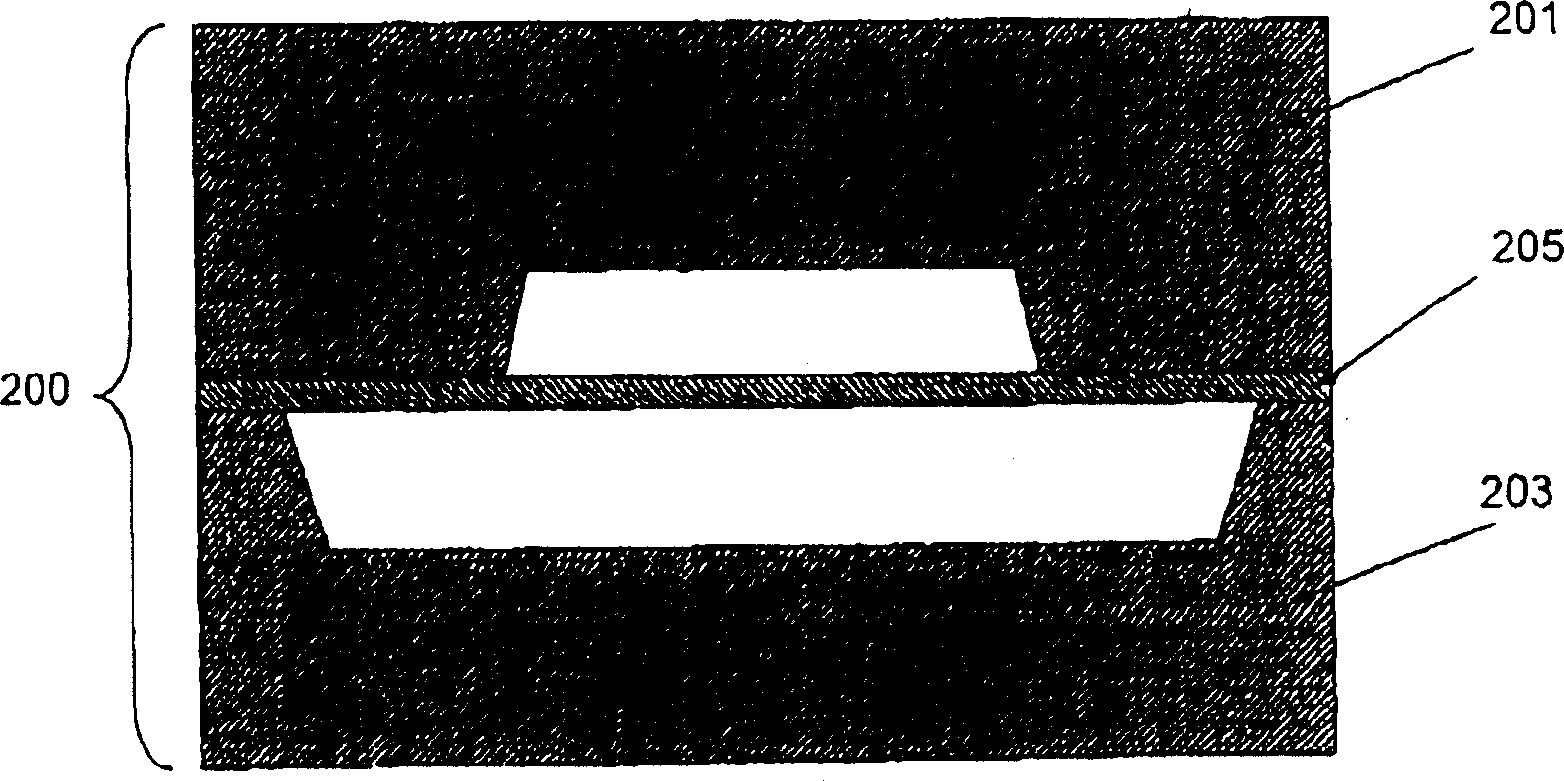Devices and methods for programmable microscale manipulation of fluids
A fluidic and fluidic technology, applied in the field of microfluidic circuits, can solve problems such as lack of attractiveness and achieve low-cost effects
- Summary
- Abstract
- Description
- Claims
- Application Information
AI Technical Summary
Problems solved by technology
Method used
Image
Examples
Embodiment 1
[0221] Such as Figure 7 As shown, focused optical feedback is performed according to the invention to assess correct positioning on material layer 701 . go to Figure 7 , the optical feedback uses simple glass 702 (about 0.199 mm thick) that intercepts a small percentage of the light reflected from the material layer 701 (through the same optical system used for light incident on the substrate). The light from material layer 701 is imaged on CCD 706 by a 48 mm focal length objective lens. The CCD 706 records the actual shape of the laser spot on the material layer 701 and is even able to image the surface of the material layer and eg beads floating in the fluid near the material layer.
[0222] It is conceivable within the scope of the invention to implement optical feedback using astigmatic focusing. It is further conceivable within the scope of the present invention to zoom in or out of the laser node image depending on the focal length ratio of the device (currently 3.1...
Embodiment 2
[0229] The performance of the optical device of the present invention can be characterized by the following examples. The optics are configured such that the volume of the CD lens and all of its exit apertures sums to an energy of 16 μJ post-beam delivered in 10 μs corresponding to 1.6 W of optical power. As expected, the original 6.2W laser diode power can be reduced due to alignment, matching and reflections in the optics.
[0230] When an 8 μm layer of Epolight 2057-loaded PMMA material made by Microchem was placed at the focal point of the CD lens and the first shot was made, only about 6.7 μJ was emitted from the substrate onto the thermometer located behind the material layer. Neglecting the reflection, it is expected to be about 4%, so the remaining 8.4 microjoules are deposited in the sample. For reference, if energy is deposited uniformly in a sample of 1 microliter of water, its temperature rises only by about 0.0018°C. However, this energy is sufficient to melt th...
Embodiment 3
[0234] The performance of the laser of the present invention can be further understood with reference to the following examples. The laser shot source used is an OSRAM SPL PL_3 diode with nanostack technology. Nanostacking consists in the "vertical" or epitaxial integration of many discrete emitters on a semiconductor chip, which yields two to three times the maximum power. The particular diode exhibited a gap of 200 x 10 microns from the three stacked emitters, which achieved an optical output of about 75 W when confined to a pulse width of 100 ns. The diodes were pulsed using a DEI PCX 7410 diode laser driver manufactured by Directed Energy Inc. capable of covering the 20 ns to 1 μs range in CW at 1OA and 5A. To reach a range beyond 10A, a DEI PCO 7120 hybrid OEM driver is used. Pulse voltage and current were monitored with a Tektroix TDS2014 to recreate power across the diode and its optical output was extrapolated on the basis of the diode specification.
[0235] Concen...
PUM
| Property | Measurement | Unit |
|---|---|---|
| energy | aaaaa | aaaaa |
| molecular weight | aaaaa | aaaaa |
| roughness | aaaaa | aaaaa |
Abstract
Description
Claims
Application Information
 Login to View More
Login to View More - R&D
- Intellectual Property
- Life Sciences
- Materials
- Tech Scout
- Unparalleled Data Quality
- Higher Quality Content
- 60% Fewer Hallucinations
Browse by: Latest US Patents, China's latest patents, Technical Efficacy Thesaurus, Application Domain, Technology Topic, Popular Technical Reports.
© 2025 PatSnap. All rights reserved.Legal|Privacy policy|Modern Slavery Act Transparency Statement|Sitemap|About US| Contact US: help@patsnap.com



